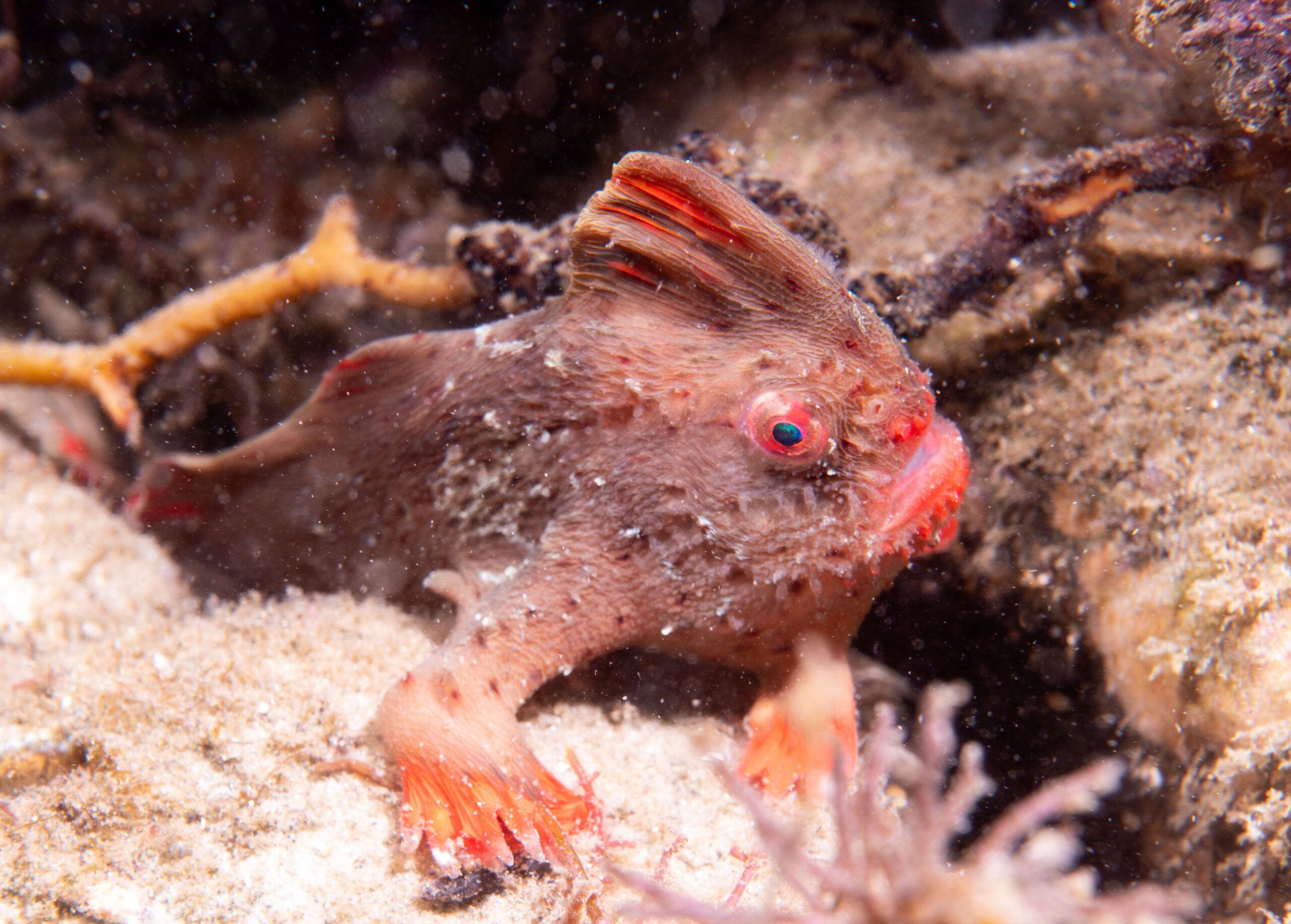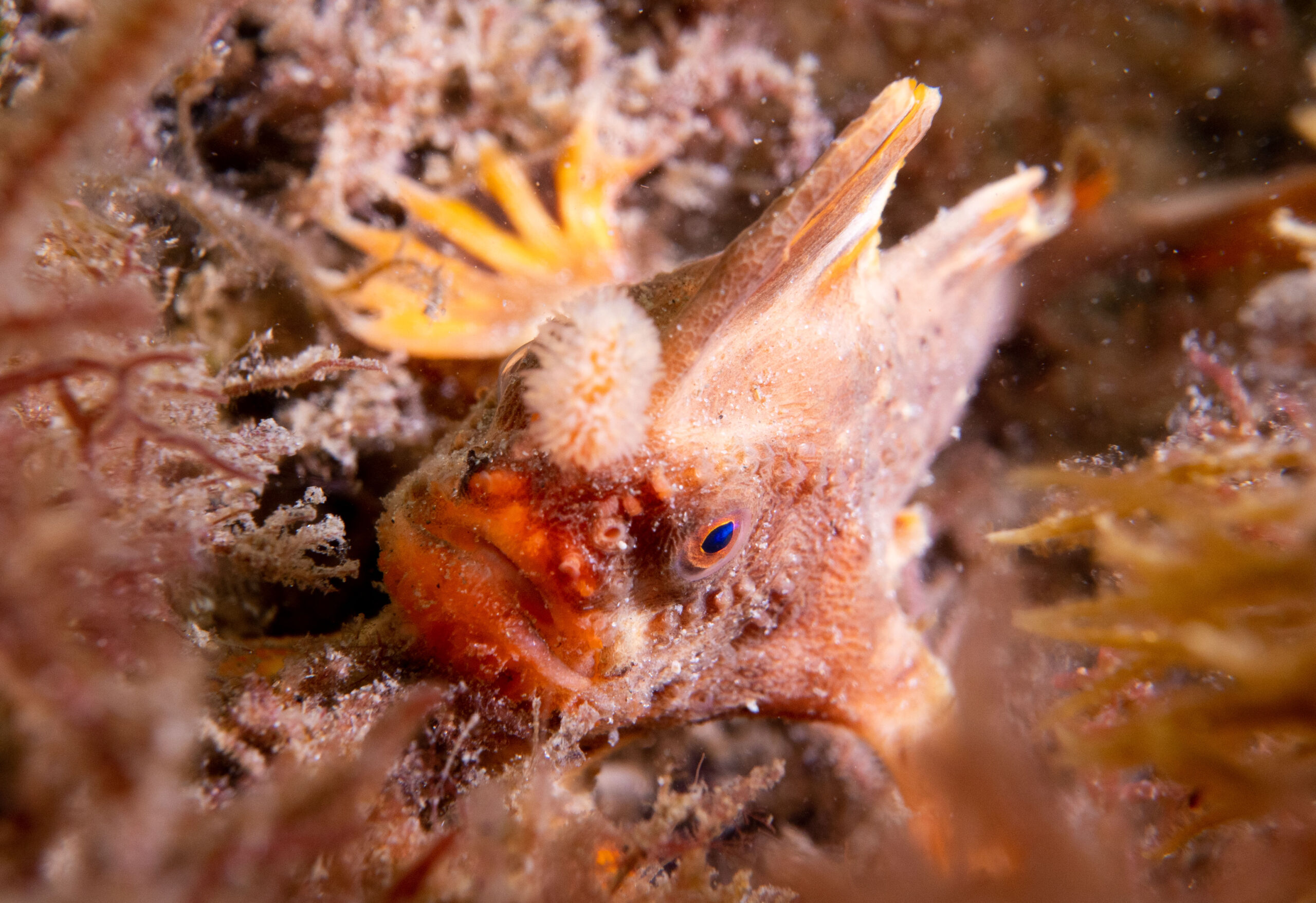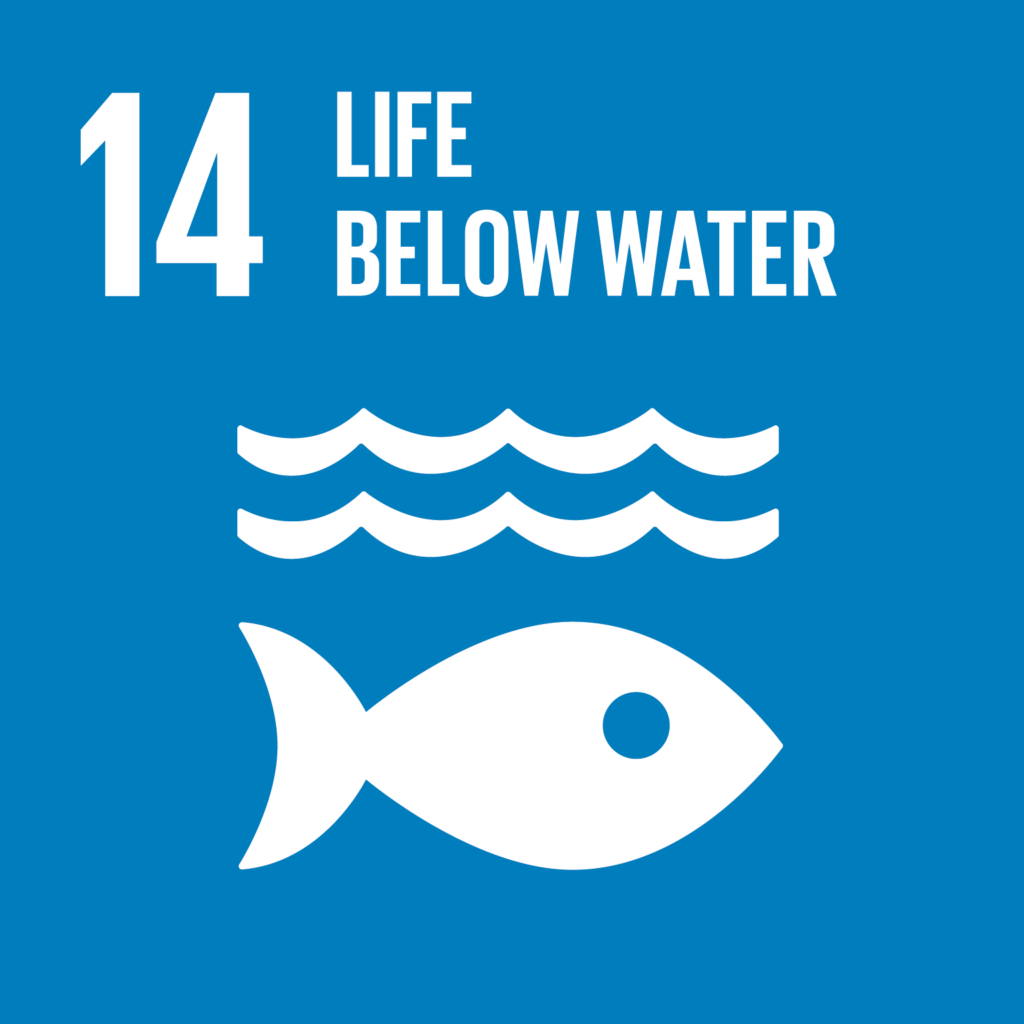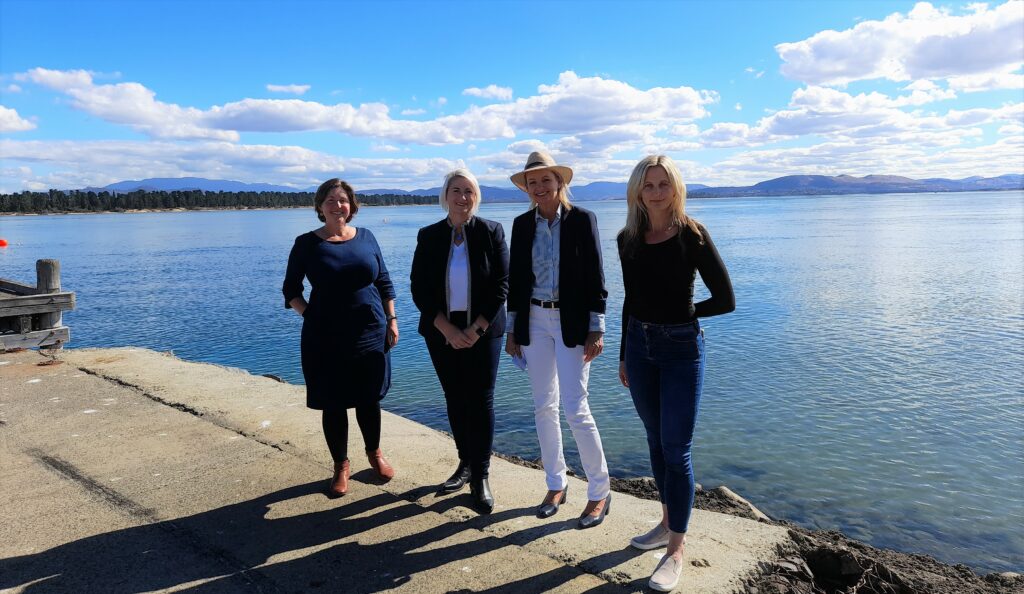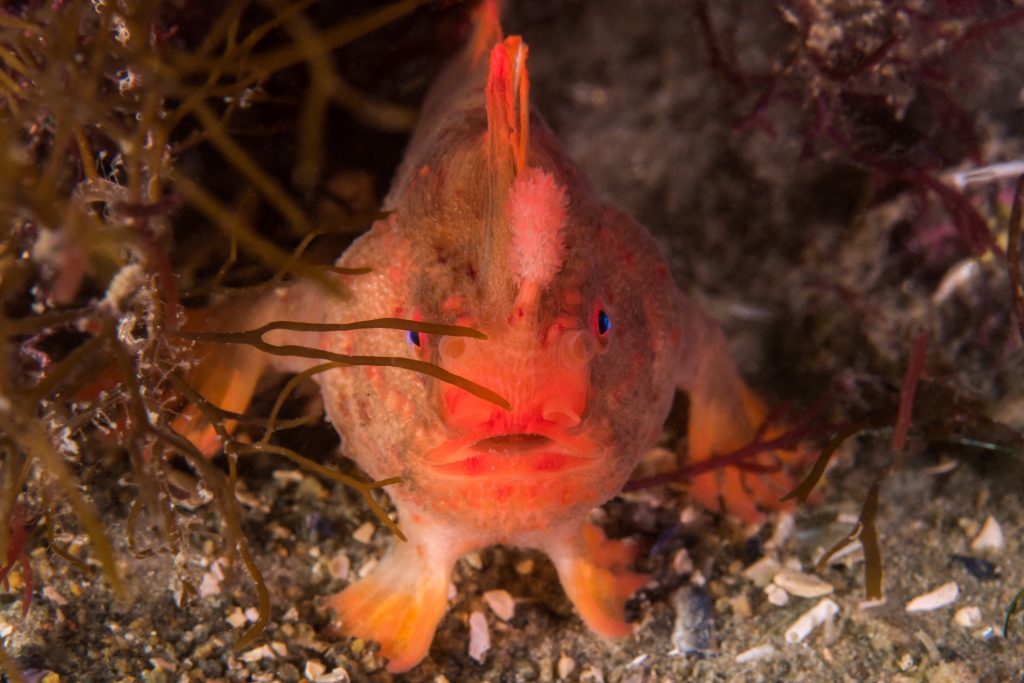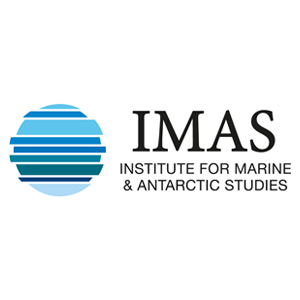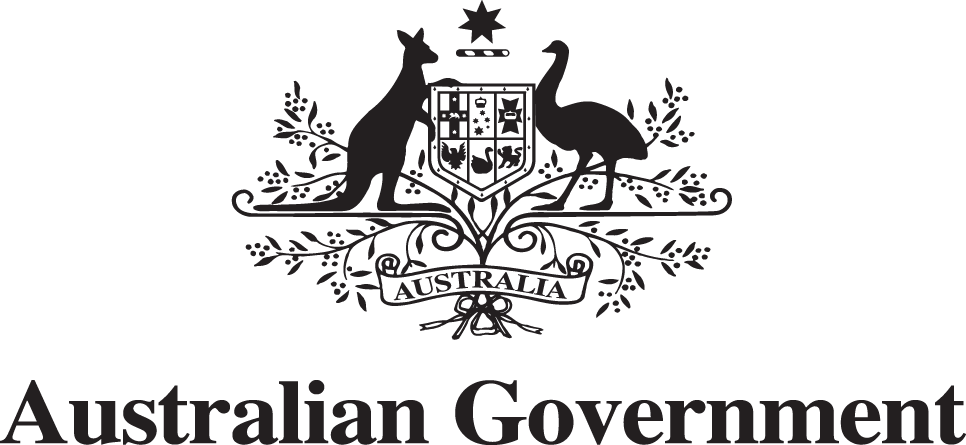Restoring Habitat for Red Handfish
Red handfish are only found at select sites in southeast Tasmania. They are considered to be one of the world‘s most vulnerable marine fish species. Relying on modified hand-shaped fins to move across the seabed, they are only able to move short distances and can only live in areas that meet very specific conditions – which makes them highly vulnerable to extinction.
The objective of this project was to improve the conservation trajectory of the critically endangered Red handfish (Thymichthys politus). This project built on previous work and consisted of a combination of interconnected and targeted activities. It was novel in its multi-faceted approach to simultaneously deliver on-ground activities to maximise outcomes for habitat restoration. The outcomes from these approaches are being used to inform future habitat management actions.
Our Approach
This project improved the conservation trajectory of the critically endangered Red handfish by;
- Measuring habitat cover and threat extent to plan targeted approaches to remediate habitat through translocation of kelp-covered boulders;
- Removing the threat of urchins to habitat cover,
- Trialling novel habitat restoration techniques such as kelp translocations, to increase the range of the species, and;
- Conducting seasonal population surveys.
PROJECT PILLARS RED HANDFISH
Background
From March 2022-March 2023, NRM South supported IMAS and the Red Handfish Recovery team to implement several on grounds actions aimed at restoring critical habitat for the species.
The Red Handfish has suffered a catastrophic decline over the past few decades and is now threatened with extinction due to loss of habitat. Cumulative human impacts have acted to significantly reduce and degrade its habitat. Over-grazing of habitat-forming kelps by sea urchins (Heliocidaris erythrogramma) is a key threat and has removed large expanses of available habitat, now restricting them to small, isolated populations.
This project aimed to mitigate the risks of urchin grazing and restore habitat through habitat monitoring, reducing urchin numbers, restoring kelp to improve extent and availability of their habitat, and improving awareness using associated findings to highlight the conservation effort for this species.
Habitat Monitoring
The project has been essential in maintaining available habitat at Red Handfish sites through urchin removals to reduce overgrazing on seaweed and seagrass. Loss of habitat is thought to be one of the key threats to Red Handfish populations and reduction of this threat ensures immediate survival of the species and provision of suitable breeding habitat.
Kelp Translocation
Trialling kelp translocations has also revealed how we can enhance the Red Handfish habitat – which may provide a lifeline (in combination with urchin removals) to help restore large areas of available habitat.
Following the translocation of kelp-covered boulders we have seen the cover of the canopy forming seaweeds maintained. We have also seen an increase in the abundance of cryptic fish and macroinvertebrates within the translocation sites.
Tackling Sea Urchins
Over the course of the project we removed approximately 1000kg of urchins across 2800m2 of critical Red Handfish habitat, in an effort to remove the grazing pressure from the kelp beds that provide habitat for this species.
Project Achievements
Removed ~1000kg of sea urchins
Seasonal population surveys completed
What's Next
This project ran from March 2022 to March 2023. IMAS will maintain a monitoring program to track changes in Red Handfish populations and the success of the intervention strategies. This project has also revealed the need for continued urchin management and large-scale seaweed translocations to continue to make further habitat available for the populations.
